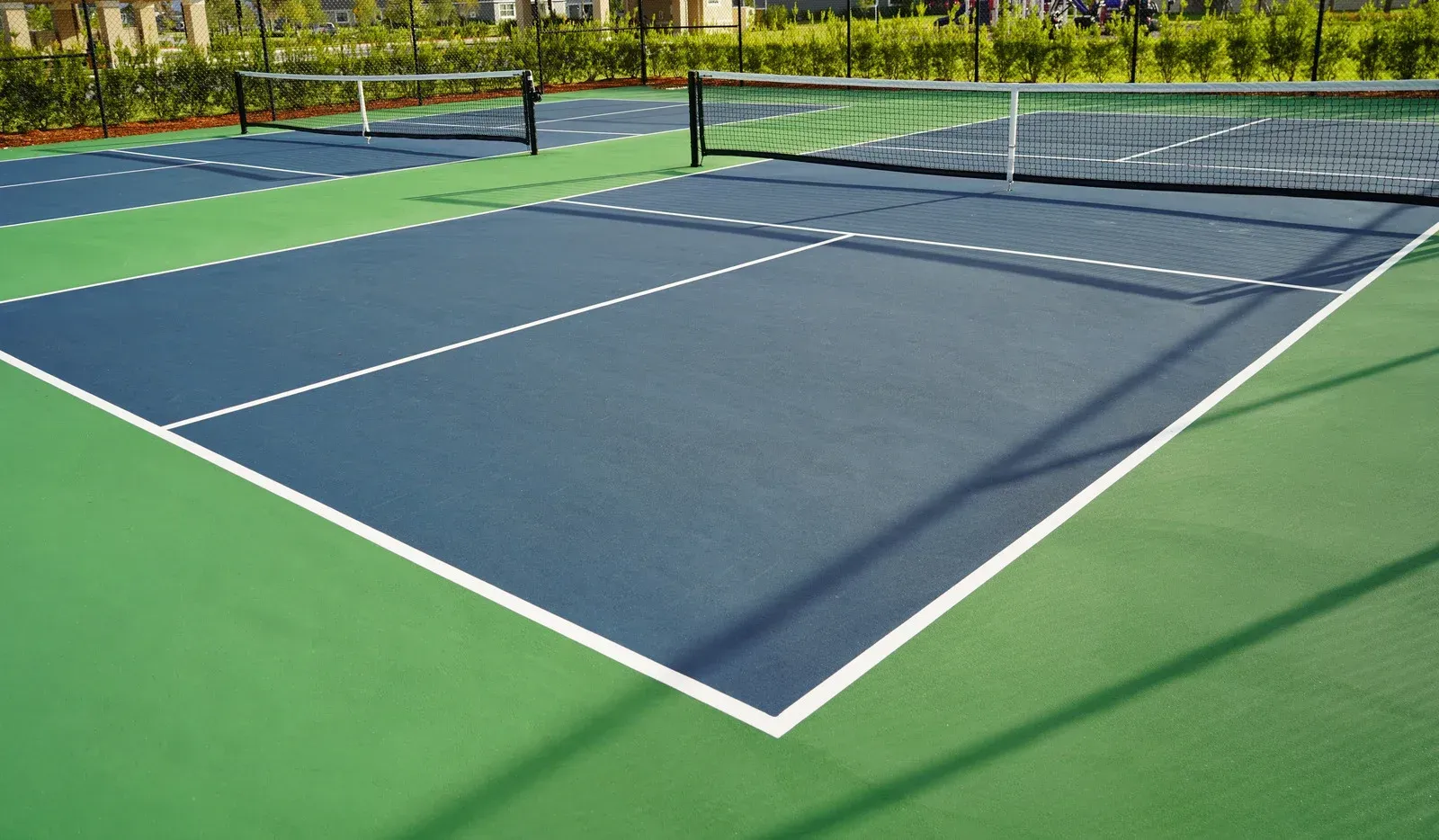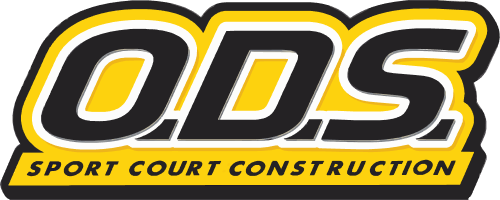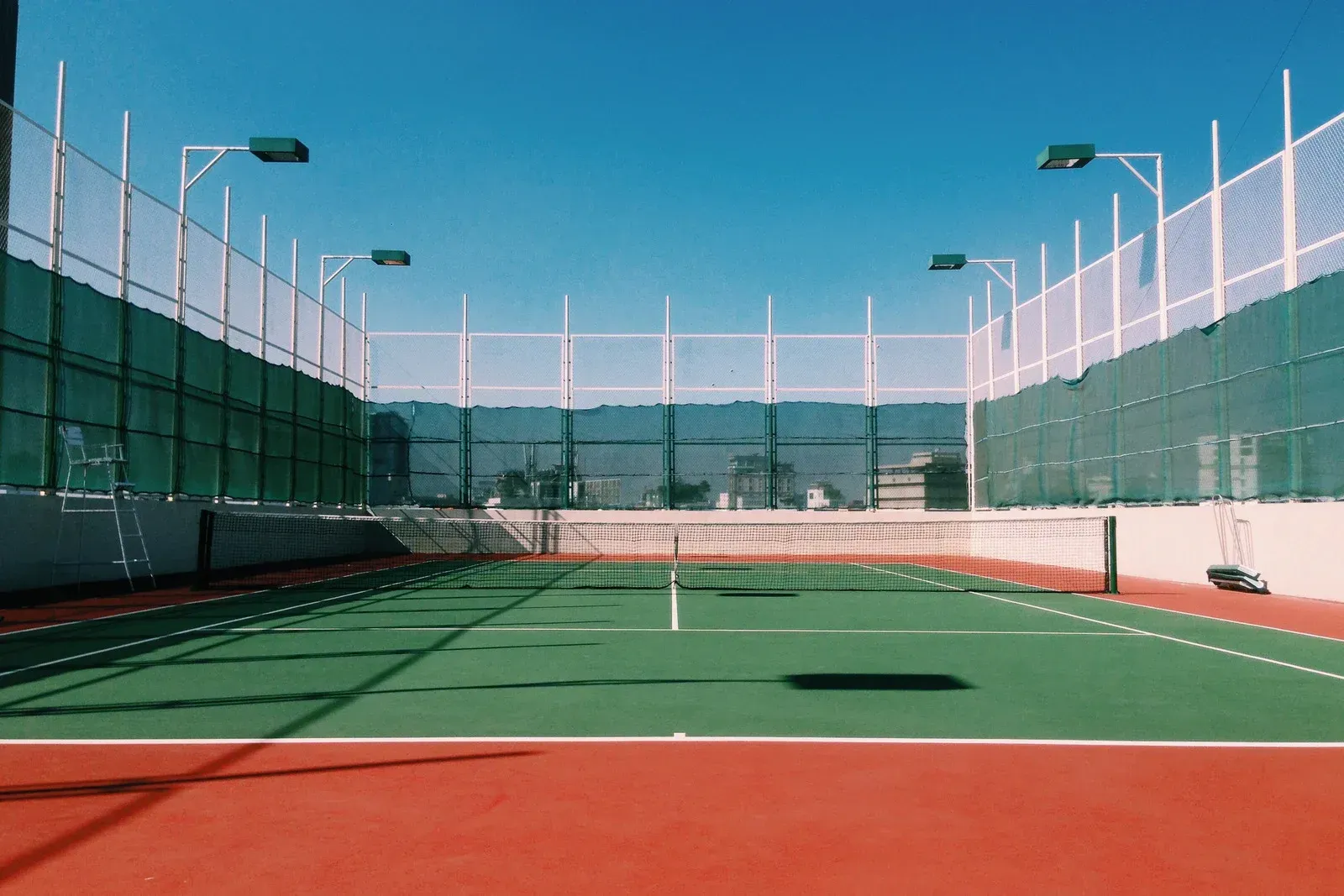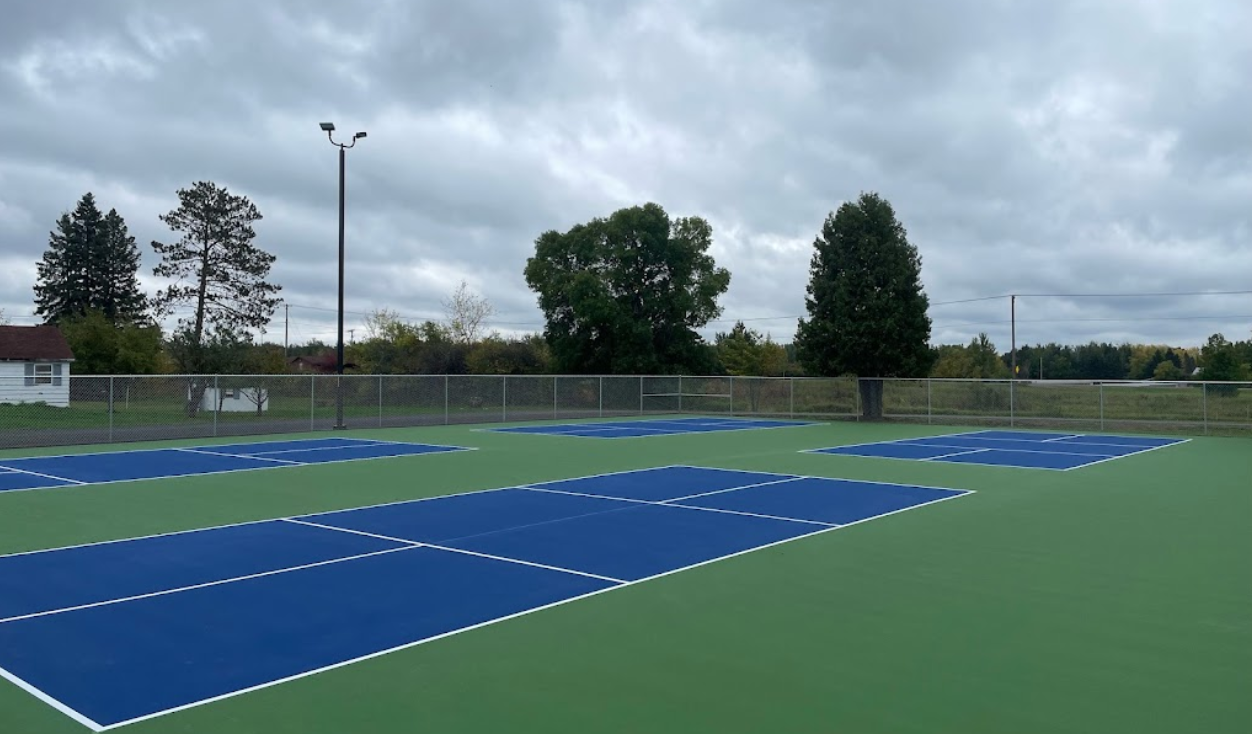CALL US: 218-820-9834
CALL US 218-820-9834
When Is the Right Time to Resurface Your Sports Court?
Cracks and Gaps
Temperature changes cause surfaces to expand and contract. These shifts lead to cracks that widen over time. Tiny gaps seem harmless at first, but they create hazards as they grow. Courts with multiple cracks need resurfacing to restore a safe and even surface. Players expect consistency, and rough spots disrupt movement. Waiting too long to fix these issues leads to higher repair costs.
Faded Markings and Discoloration
Bright colors and clear lines improve visibility during play. Sunlight, moisture, and daily use cause fading. Dull surfaces make it harder to judge boundaries and follow game rules. Without clear markings, gameplay suffers. A fresh surface brings back the original vibrant look. Restoring court markings makes the game smoother and more enjoyable.
Slippery or Rough Patches
A well-balanced court provides enough grip for quick movements. Over time, certain areas become too smooth or too rough. Slippery spots increase the risk of falls, while rough patches cause scrapes. These changes affect both comfort and performance. Resurfacing helps in bringing back the right texture. A consistent surface allows for better control during fast-paced games.
Water Pooling on the Surface
Proper drainage keeps the court in good condition. Puddles forming after rain signal underlying issues. Water weakens the surface and makes it more prone to cracks. Slipping hazards increase when moisture collects in certain areas. Fixing drainage problems early prevents further damage. Resurfacing corrects uneven spots that cause water to accumulate.
Frequent Repairs and Cleaning
Fixing small issues works for a while, but ongoing repairs add up. When patching cracks and filling gaps no longer help, resurfacing becomes a better option. A fresh surface reduces maintenance needs and provides a better playing experience. Constant patchwork costs more in the long run. Investing in resurfacing at the right time saves money and effort.
Player Feedback and Performance Issues
Regular users notice even minor surface changes. Complaints about uneven footing, poor grip, or discomfort indicate underlying issues. Games should focus on skill, not surface imperfections. A damaged court disrupts play and increases injury risks. Resurfacing restores a reliable and consistent feel. Safe and smooth courts help players perform at their best.
Choosing the Right Time for Resurfacing
Weather conditions play a big role in
sports court resurfacing. Warmer months allow materials to settle properly, making spring and summer the best choices. Delaying necessary repairs leads to worse damage. Addressing surface problems at the right moment prevents costly replacements later. Courts in regular use need inspections to catch early signs of wear.






